Please note: I originally wrote this piece a few years ago for a now defunct magazine. I’ve had a few people ask about the Trans-Siberian Railway recently, so I thought I’d post this here.
For some people, spending days aboard a cramped train with minimal electricity and plumbing would be extremely unappealing. But for as long as I could remember, I had dreamed of taking the Trans-Siberian through Russia, one of those grand, Theroux-inspired adventures. Within a few days of boarding the train that would take me over 6000 kilometres and eight time zones across Eurasia, I realised that this journey would be much more arduous than I could have ever imagined, and yet much more rewarding than I could have ever hoped.
Travelling with my mum, we decided not to do the traditional Trans-Siberian route, which starts in Vladivostok; we wanted to see Mongolia, too. After a brief sojourn in Beijing, a train to Ulaanbaatar, a stay in the Terelj National Park of Mongolia, and another train, we finally arrived at the Mongolian-Russian border, which, if we cleared, would mean that we were officially on the Trans-Siberian train across Russia. We had over 4500 kilometres to traverse before arriving in Moscow a few weeks away. But first, our only priority was the border.
Those who have travelled through Russia know that, generally, dealing with anyone in uniform can be a bit unsettling. When it comes to crossing borders by train, be prepared to sit for at least five hours (in our case, eight) with a constant barrage of various men and women checking your travel documents and searching your bags, your compartment, and your person. The combination of intimidating search dogs and language barriers could prove to be a bit unnerving for some. Once on our way, however, it was full steam ahead to the little city of Ulan-Ude.
Ulan Ude
Ulan-Ude, while not a typical tourist hotspot, has a few sights worth spending a couple of days. The city’s main square hosts the world’s largest monument of Lenin’s head – yes, a massive, 42-ton head of Lenin – which in itself is worth the stop. You also have the informative Ethnographic Museum and the Buddhist centre, both less than an hour’s drive from Ulan-Ude. The latter is the focus of Tibetan Buddhism in Russia, where you can visit the monastery, temples, and watch the monks perform their daily prayers. As with anywhere outside of Moscow or St. Petersburg, finding restaurants that have English menus is next to impossible in Ulan-Ude. Make sure to have a sufficient guidebook with translations for help (or eat at the same café that has photos on its menu three days in a row, as we did).
The Ethnographic Museum
The Buddhist Centre
From Ulan-Ude, it was another train to Irkutsk, a city famous for being home to many Decemberists and their distinctive architecture. Try to travel by day for this particular stretch, as it is said to be one of the most stunning passages of the Trans-Siberian. As well as being a charming city, Irkutsk is the perfect gateway to Lake Baikal, only an hour’s drive or ferry ride away. The world’s oldest and deepest lake, it also makes for a beautiful visit – albeit a chilly one, if you go in winter as we did. We stayed in the village of Listvyanka, where we spent most of our time taking (freezing) walks along the edge of the lake, shopping in the small souvenir market for locally harvested stones and freshwater fish, and warming up in the local banya, a steam bath. For those expecting a high-end spa, I must warn you that the banya we visited was literally a shed in someone’s backyard. But, as my mum and I soon discovered, the best approach when travelling through Russia is to expect nothing, but to be prepared for everything.
Beautiful Lake Baikal
The market in Listvyanka
Lenin is everywhere, including Irkutsk
And of course, one simply must try caviar in Russia
After a quick rest back in Irkutsk, we were again on the train, this time for our longest stint: 54 hours. My advice to anyone taking the Trans-Siberian is to make sure you take a lot of books, take a lot of food, and really, really like the person you are travelling with. While the idea of being on a train for days on end through Russia is certainly romantic, be aware that the meat and potatoes in the restaurant carriage can become unappetising, and the bunk that is your seat, bed, and storage for your bag can become uncomfortable and claustrophobic. Top that off with no bathing facilities and a toilet that flushes directly onto the tracks, and this journey is not for those looking to “holiday”. All of that being said, however, the trains were the highlight of my trip, a time to relax and see a different side of Russia, and a great way to meet and interact with local people who are more than willing to share their food (and their vodka). I quickly began to relish my daily routine of waking up, making my way down the hallway to get hot water from the samovar, and opening my Russian phrasebook to study Cyrillic and basic Russian sayings, which really helps endear you to the locals. In particular, the carriage attendants were extremely helpful and friendly, but don’t expect a smile – smiling when talking to strangers is not very common in Russia.
An average private compartment on the Trans-Siberian Railway
More potatoes! My favourite!
Finally, our 54 hours up, we arrived in Yekaterinburg. Spending a few days here is highly recommended; as well as being a lovely city to wander around in, it is a city of many momentous historical events, in particular the execution of the Romanovs. Necessary to any stop in Yekaterinburg is a visit to Church on the Blood and to Ganina Yama, the site where the bodies of the Romanovs were kept hidden for decades. It is now a serene monastery and, mug of tea in hand and cherry strudel in pocket, I suggest spending a few hours walking around its grounds and surrounding woods. To lighten the mood, a drive to the Eurasian border is also essential when in the area. Inevitably leading to a cheesy photo shoot, you can stand with one foot in Asia and one in Europe.
Church on the Blood in Yekaterinburg
Ganina Yama
Yeah, exactly like that
Yekaterinburg’s Lenin
We had our final journey on the Trans-Siberian next, leaving Yekaterinburg for Moscow and then St. Petersburg. That last voyage was bittersweet, as it was exciting to think of seeing Moscow’s Red Square, GUM, and Kremlin, as well as St. Peterburg’s cosmopolitan streets again – I had been once before, in 2007- but I knew that I would miss the trains and the peaceful, quiescent state of mind that they bring. Though there can be hours of restlessness, for the most part the Trans-Siberian is a trip of reflection and tranquility: stare out the window at the Russian countryside for hours and you are bound to become deep in thought. The Trans-Siberian Railway is still one of my favourite adventures.
In short, I would not recommend the Trans-Siberian to everyone. But if you are looking for a great adventure, one that takes patience, determination, and resourcefulness, then you, like me, will most likely find this journey to be one of the most enriching and engaging travel experiences of your life.
Travel Details: Travel companies such as On The Go Tours can arrange train tickets, homestays, and even local guides. It is best to purchase train tickets before you arrive, as obtaining tickets can be extremely difficult in Russia due to language barriers and fully-booked trains.
Would you ever like to take the Trans-Siberian Railway? Why does it (or why doesn’t it) appeal to you?


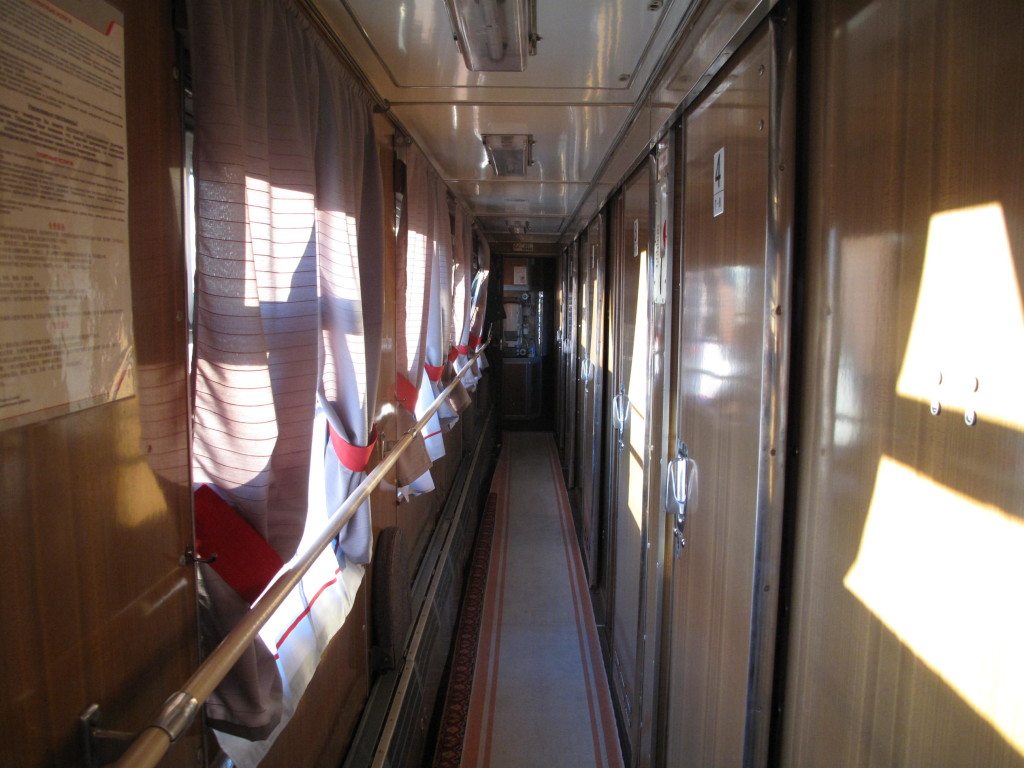


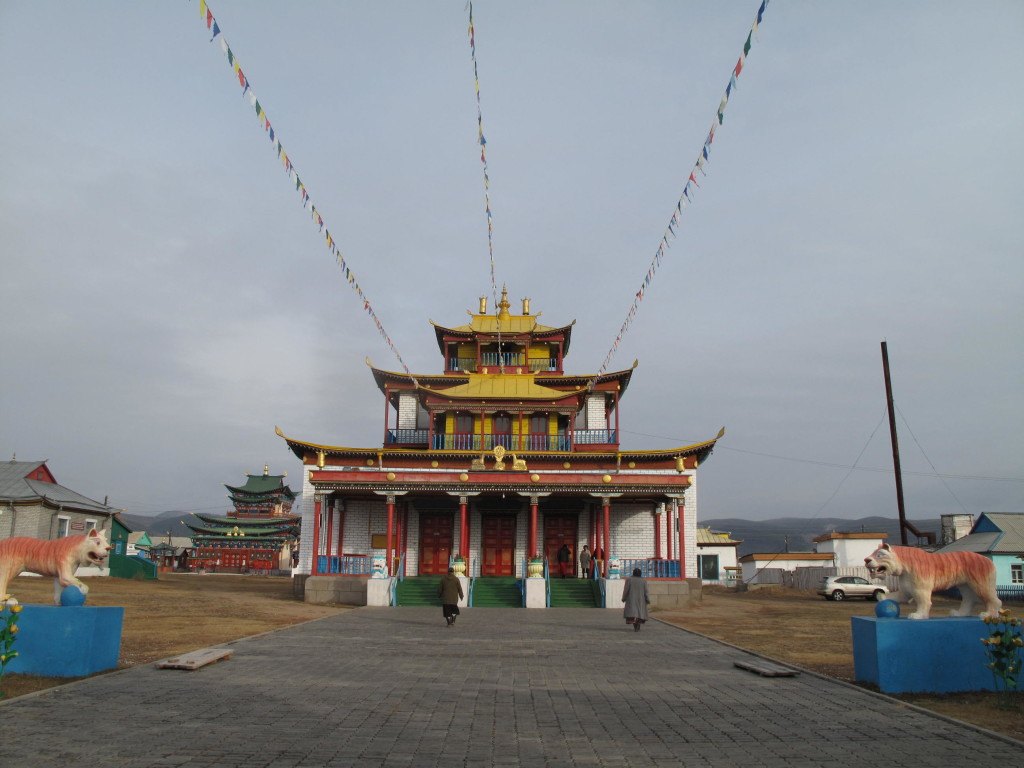

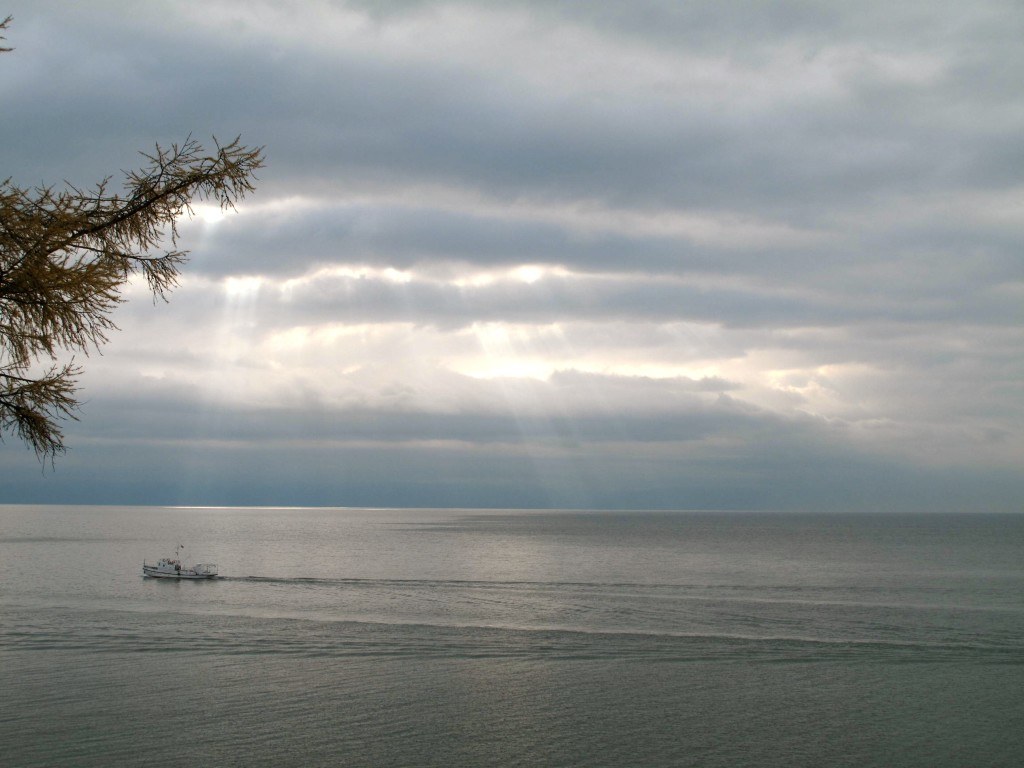

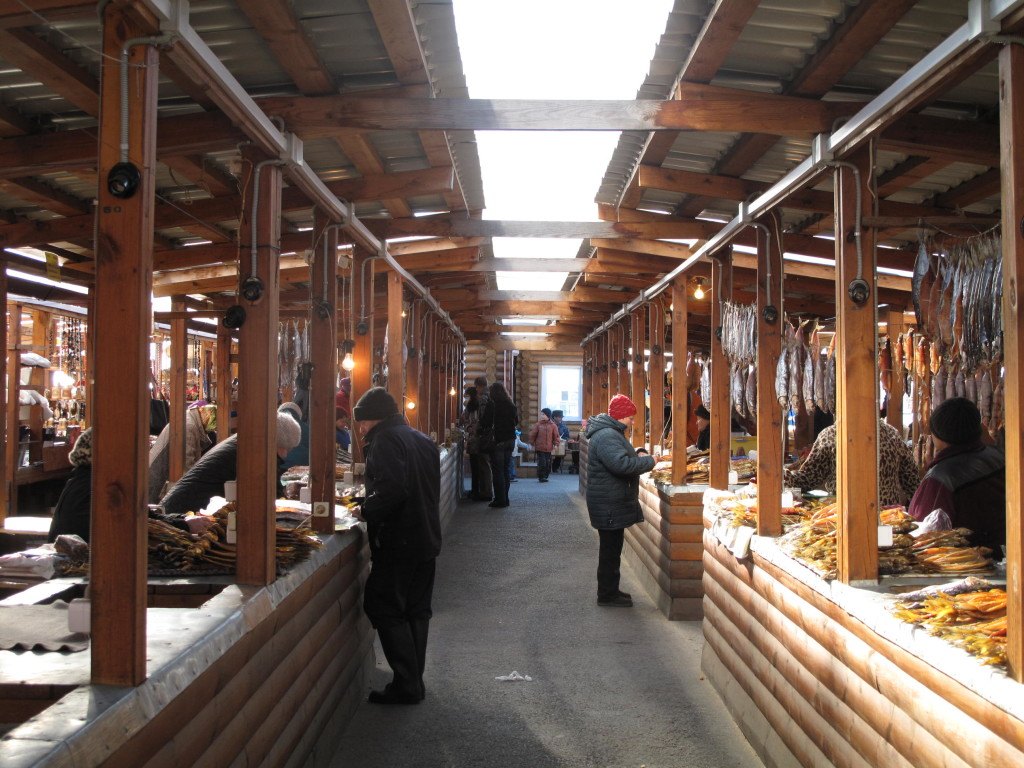
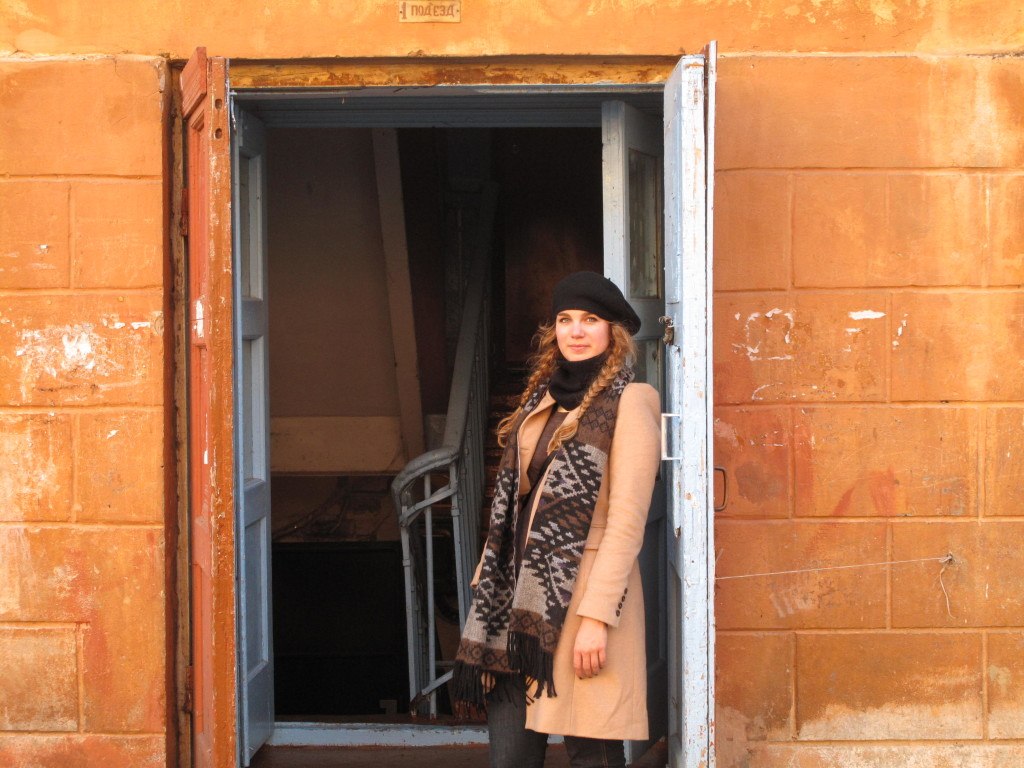

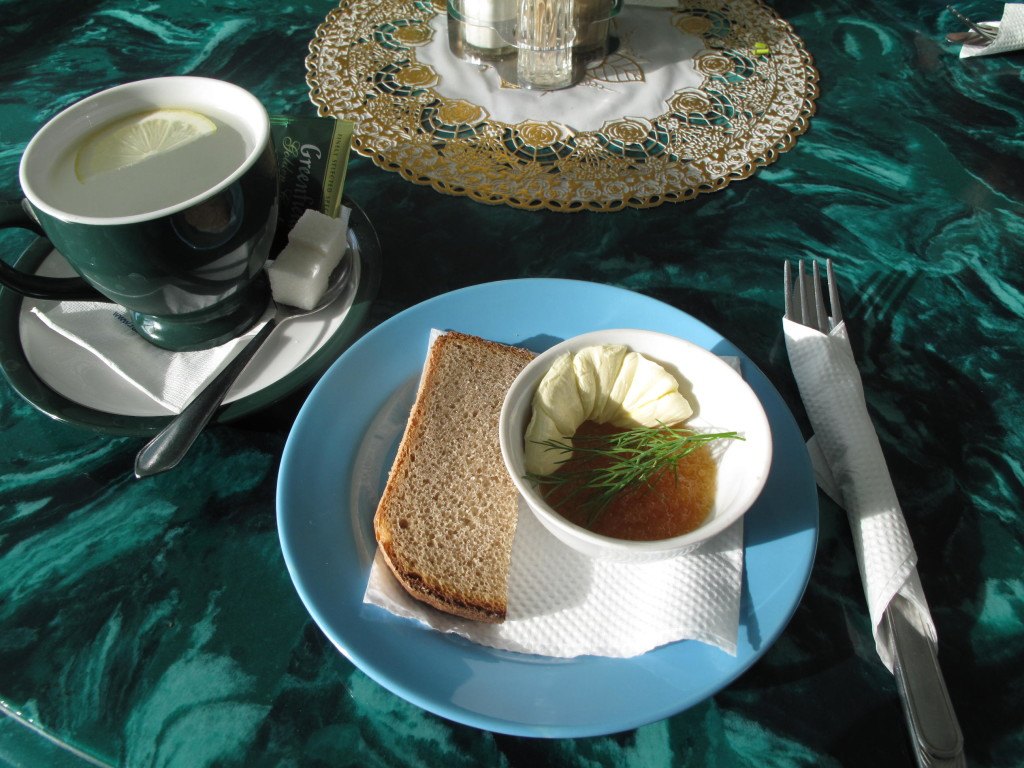


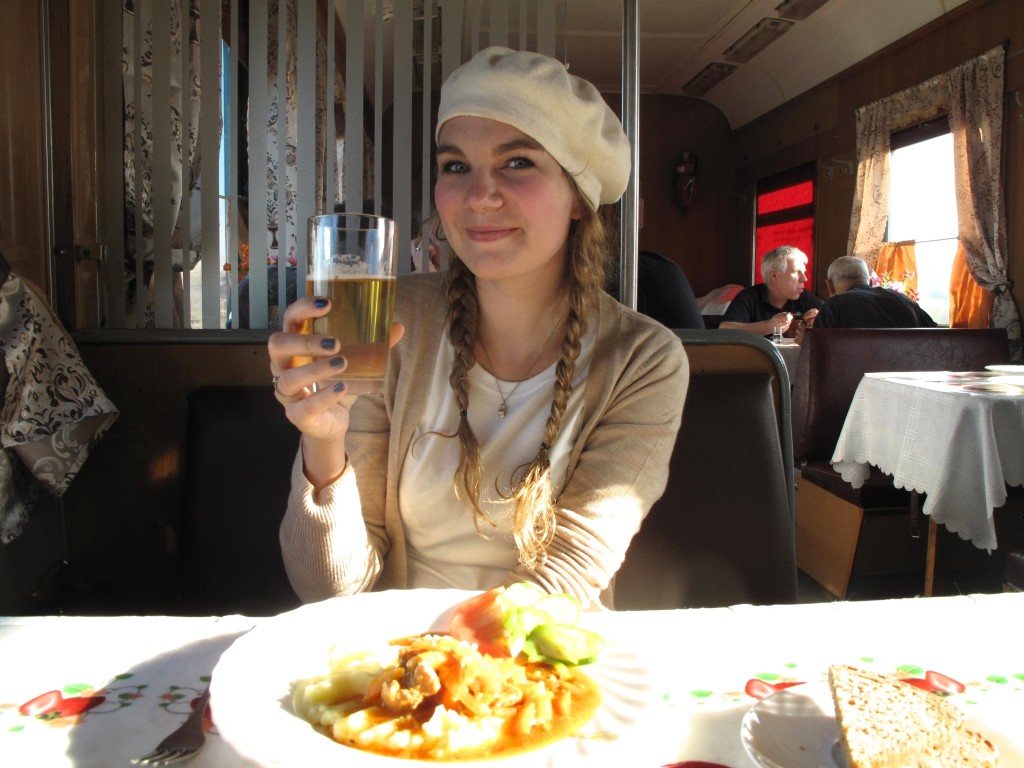

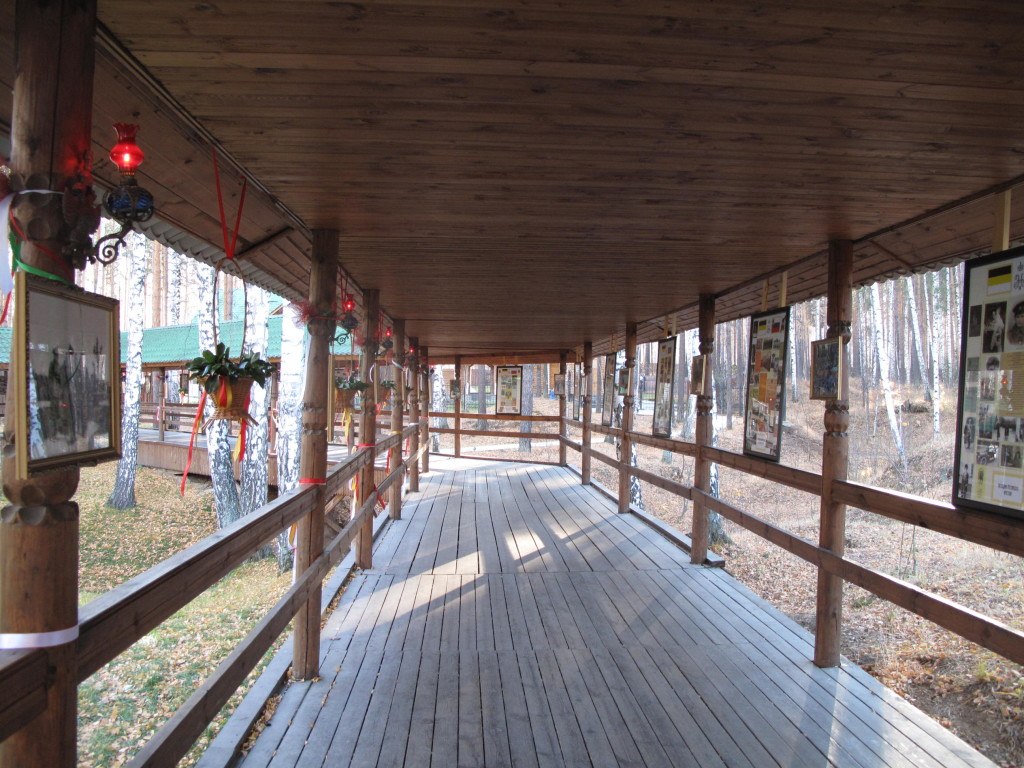
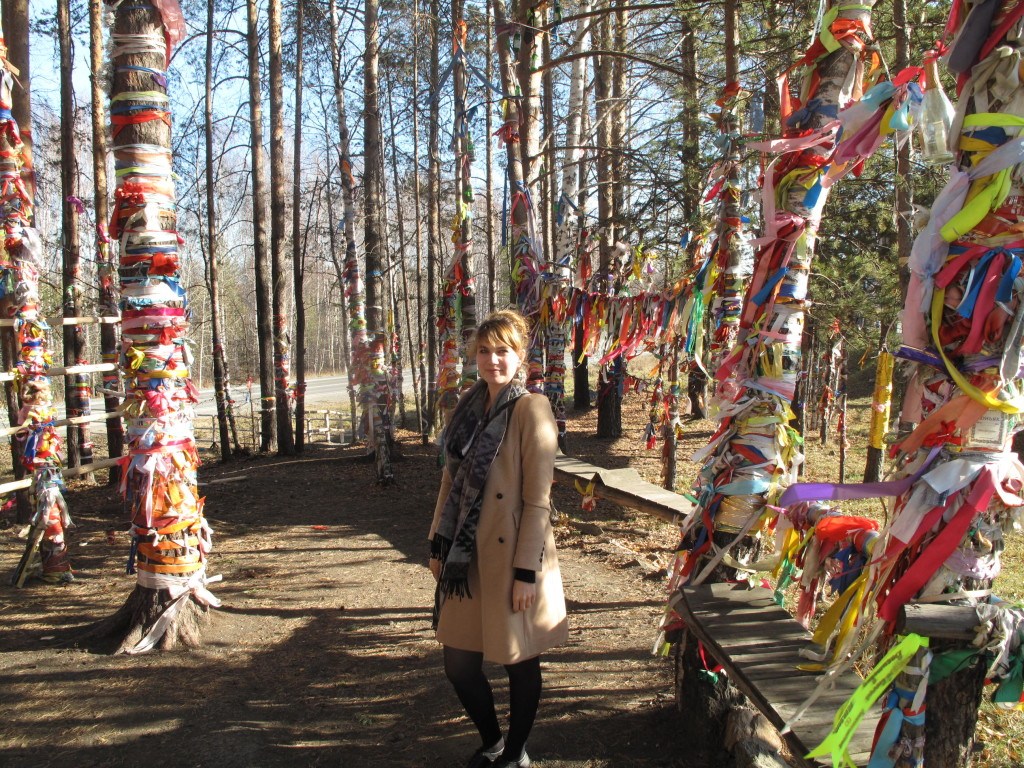




26 comments
This looks fascinating, Brenna! How long did the journey take for you, in total days (or hours)? Something about it appeals to me, but not enough to go out and book a trip right away. Maybe in time 🙂
We stopped a lot in between, so from the first time we boarded the train in Beijing to our last destination (St. Petersburg), we were travelling for around three weeks to a month (I can’t remember the exact dates, I’m sorry!). You can definitely do it a lot faster, though – I believe the full Trans-Siberian from Vladivostok to Moscow is a solid seven days, but I could be wrong.
I loved reading this post! We travelled on the trans-siberian last year, taking the same route you did from Beijing, and absolutely loved it! We travelled in winter which was FREEZING, but magical, stopping at Irkutsk, Yekaterinburg (we actually got engaged in the snow on that border! The excitement meant we completely forgot to take a picture standing over the border – whoops!), Moscow and finally ending our journey in St Petersburg.
I completely agree with the need to take food, on our longest trip we took so much food and worked through it all. Lots of bread, meat, cheese, chocolate, fruit and biscuits helped to keep us sane. We travelled 1st class for the longest bit of the journey, 3rd class for the shortest, and 2nd class for everything in between. 3rd class was a fun experience, but the beds were very short, and I defiantly wouldn’t recommend it for anything more than a one night trip!
Jennie
We travelled in October which was also very cold… not sure when you went but I can certainly understand how cold you were! Thank you for your added recommendations and advice. We travelled 1st class all the way and I think it was definitely worth it!
I have always wanted to travel the Trans-Siberian railway! It was really interesting to hear about the experience from your point of view, as I think it is sometimes very easy to get swept away by the romanticism of train travel. I’m sure I will be coming back to this article whenever I get around to planning my own trip. Brilliant photos as always!
Thank you so much, Madeleine! I hope you get to take the journey sometime soon.
I remember watching your gorgeous video of your time on the Trans-Siberian train… so so beautifully shot and edited. This post just fuels my ongoing wanderlust for this giant train ride as well as Mongolia and Russia… 😀 I also think it’s a good idea to share writing we have done for the “now defunct” magazines. You’ve inspired me to dig up some of my old pieces!
Aw, thank you Kerrilyn! I loved making that video. I have a ton of old travel pieces, I should put them on here! You should do that, too. 🙂
The Trans-Siberian isn’t at the top of my travel wish list, but I would love to experience it someday. I enjoyed reading about your journey- it does sound like such a grand adventure!
Thanks a lot, Ashley!
I travelled from Beijing to London a few years ago, taking the trans-mongolian route as well and absolutely loved it! Although long distance train travel isn’t the most glamourous, it’s definitely my favourite way to travel, watching all the scenery go by and waking up in a new place. I also love the stops at random little stations that give you a glimpse into ordinary life in different countries. The places that you wouldn’t usually stop in but can watch people going about their daily business – maybe thats just me being nosey though!
Wow, what an amazing journey! I’d love to do more train travel, it’s my favourite way of travelling, too. I’ve thought of doing the Silk Road route but who knows when I’ll have the time or the money!
Lovely post with beautiful photos 😀 the longest I’ve been on a train was overnight from Hanoi to Lao Cai and Sapa in Vietnam (as you’ve been to Sapa I presume you did the same?) but my family did it in luxury, travelled in first class haha…and even then I was starting to feel the cabin fever by the end, so I’m not sure I’d survive all the way across Siberia! Did you feel like that at all?
But wow, the places look amazing, I looked up Irkutsk on google and it looks like such a beautiful city! Ah I really want to go to Russia now, your posts are always so inspiring 🙂
Oh Brenna, this post/photos/video made me so nostalgic for that magical albeit challenging journey together. Thanks for taking me back there. I love the joy you give off in the video – it’s so clear that you are totally alive while making such never-to-be-forgotten memories. Beautiful!
I know – it was such an amazing journey. Here’s to another one very soon! xoxo
I’ve taken the Trans-Siberian/Mongolian twice. Once in June from Beijng via Mongolia to Moscow which was actually part of Hanoi to Helsinki by train, and once in December from Beijing to Moscow. So I’ve seen Siberia in deep snow at -30°c as well as summery and warm (ish!) Both trips were defining moments of my life and I still remember them vividly nearly 20 years later! I agree with you that it’s not for everyone owing to lack of facilities but I adore long distance train travel and would absolutely love to do it again, this time from West to East ending in Vladivostock.
Wow, that’s so amazing! I can only imagine what you saw on those journeys. I’d also like to go all the way to Vladivostok one day…
You are so lucky to have had such a special experience! Your pictures are incredible as always 🙂
Thank you so much, Zalie! xo
Hi there, I really enjoyed reading your past updates and most recent post 🙂 I have just started on WordPress since I am just beginning my travels – not only to keep my own recording of the journey, but also to read other people’s recommendations and insights.
My first journey is the Tran Siberian Railway and I leave on 1st June – your post was very useful but I was wondering if there was anything further I should know? Particularly in regards to accommodation etc?
Thank you! Rebecca x
Hi Rebecca, I arranged home stays with On the Go tour company (which may not be doing the same thing anymore, I’m not sure). I would recommend booking your trains and accommodation well ahead of time! Have fun 🙂
Thanks for this, am currently researching my own Trans Sib, ever since I worked on the railway I have wanted to do this,but for so many years Vladivostok was a closed city and we didn’t want to go further, now in 2016 in winter, at the ripe age of 69 I’m going eastbound on Rossiya and back on the slower train 100, nearly 50 years after the idea first saw the light of day. Can’t wait.
Hi Brenna,
I want to do the trans-siberian trip but was wondering if it was relatively safe for lone female in Russia as a tourist as you mentioned you got some grief from officials checking your things for hours on end.
Also are the language barriers quite major or did you get around them quite easily? Communication issues frightens me a little to be honest, moreso than the prospect of travelling alone as a female!
Hi there, yes, the border stops were quite frustrating as they took a long time and they do check your belongings quite thoroughly, but I don’t think there’s anything to be worried about.
The language barrier is quite extreme… most people in Siberia that I encountered do not speak any English, and things like street signs, menus, etc. are also not in English. It is worth it to learn to read Cyrillic before going so that you can at least sound things out (it shouldn’t take long to learn, only a couple of days), or to arrange English-speaking guides to meet you at the train station (if this is something you are concerned about). Of course, even with language barriers it’s easy to communicate with people via nodding, pointing, etc.
I do think that it’s safe to go as a solo female but I would recommend arranging a lot beforehand i.e. your hotels and/or tours in each city. I would also recommend that you pay more to have a higher class ticket or even a private cabin if you can afford it, as I did see a lot of men in the communal carriages.
All in all I totally think it is doable as a solo female traveller (I met other women who did it), but it just requires a bit of planning! Also, although Russian people in general do not smile a lot with strangers, I found everyone to be incredibly helpful and friendly, so don’t be afraid to approach someone for help. 🙂
I used to live in Russia and travel with trains. Brenna, your advice is totally accurate.
Communal carriages are quite marginal 🙂 Even we, adult men, wouldn’t do that.
Also, there’s a tourist train that costs several thousand dollars, but includes everything: food on the train, tour guides, and hotels.
[…] on my dream list of places for years: India, Guatemala, Southern Africa to see wild elephants, the Trans-Siberian railway, scuba diving in the Galapagos, and many others. Upon settling in London for a while in 2013, I […]